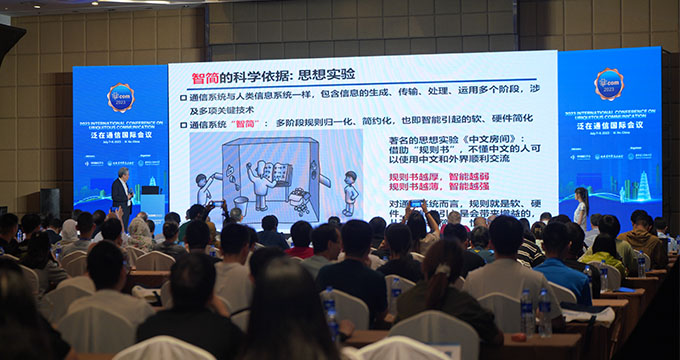

416 views||Release time: Dec 05, 2024
Peer-reviewed conference papers play a critical role in the academic and research community. Here are some insights on their significance, process, and impact:

Quality Assurance: Peer review ensures that the research presented at conferences meets certain standards of quality, relevance, and originality. It acts as a gatekeeper, filtering out subpar work.
Validation: The review process validates the research, providing credibility and recognition within the academic community.
Feedback: Authors receive constructive feedback from experts in the field, which can improve the quality and rigor of their research before presentation or publication.
Visibility: Conference papers, especially those that are peer-reviewed, often get published in conference proceedings, which can be indexed in academic databases, increasing visibility and citation potential.
Career Advancement: Presenting peer-reviewed work at conferences can significantly boost an academic's or researcher's career, leading to opportunities for collaboration, funding, and recognition.
Submission: Authors submit their work according to the conference's call for papers, which outlines submission guidelines, deadlines, and themes.
Initial Screening: The conference organizers or program committee perform an initial screening to ensure submissions meet basic criteria (e.g., relevance, format).
Review Assignment: Papers are assigned to reviewers who are experts in the relevant field. The number of reviewers can vary but typically ranges from two to four.
Review Criteria: Reviewers evaluate papers based on criteria like originality, methodology, validity of results, significance, clarity, and adherence to conference themes.
Review Feedback: Reviewers provide detailed feedback, which might include:
Decision: The program committee or conference chairs make the final decision based on the reviews. Authors are notified of the outcome.
Revisions: If accepted with revisions, authors revise their papers according to the feedback. Sometimes, there's a second round of review for these revisions.
Publication: Accepted papers are often included in conference proceedings, either in print or digital form, and sometimes indexed in academic databases.
Dissemination of Knowledge: Peer-reviewed conference papers contribute to the dissemination of new research findings, methodologies, and innovations across various fields.
Benchmarking: They serve as benchmarks for future research, allowing others to build upon or critique the work.
Interdisciplinary Exchange: Conferences often attract diverse participants, fostering interdisciplinary discussions and collaborations.
Policy Influence: In fields like environmental science, health, and economics, conference papers can inform policy decisions or industry practices.
Career Development: Presenting at peer-reviewed conferences can lead to networking opportunities, job offers, and funding prospects.
Remember, peer-reviewed conference papers are not just about presenting research; they are about contributing to the collective knowledge and advancement of your field. Engaging with these papers through iconf.com and other platforms ensures you're always in the loop with the latest developments.